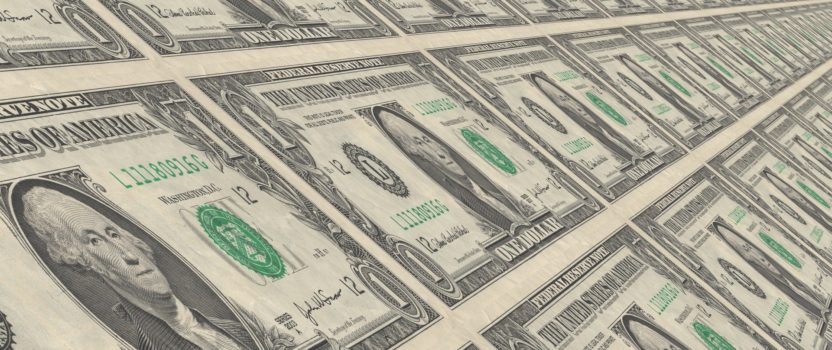CARES Act and You
The U.S. Coronavirus Aid, Relief, and Economic Security act provided $2 Trillion in aid. Let’s talk about how much money $2 Trillion. If you spent $1 Million per a day from the time Jesus died until now (1 A.D. – 2020 A.D.), you would have spent about $737 Billion. Double that and you still aren’t to $2 Trillion! I know, now we are thinking about how amazing it would be to spend a million dollars a day….
Where did the money go?
Here is the breakdown estimates:
Education $43.7 Billion
Big Corporations (like airlines) $500 Billion
Individuals $560 Billion
Public Health $153.5 Billion
State and Local Governments $339.8 Billion
Safety Net $26 Billion
How does this help us normal people?
The first and most wildly publicized was the 1x Stimulus Checks. If you were single and made less than $75,000 or Married and made less than $150,000 then you should have received a check for $1,200 (each for married couple). In addition for each child or dependent, you would receive another $500. Basically, a family of 4 whose household income was under $150,000 would receive $3,400. This would then phase down for people who earned more until you received $0 if your individual earnings were more than $99,000 or Married total $198,000.
The next area was for everyone who lost their jobs. The average unemployment received in a normal year is $340/week. The Federal Government offered an extra $600/week on top of whatever unemployment people were receiving. It also opened up unemployment to independent contractors, consultants, etc. People who work for themselves, not just normal w-2 employees which is the typical rule. This benefit runs out July 31, 2020.
Students who usually make money in work study programs. Will still be paid even while school is suspended.
Loan forgiveness is a big one. Employers can provide $5,250 in student loan repayment for employees and the employers will get a tax benefit for providing the benefit, and the employees will receive this money tax free. People may defer their student loan repayments until September 30, 2020.
Mortgage Loans backed by the Federal Government may also be suspended. If a person can show extreme hardship brought on by COVID, they can apply to suspend loan payments for up to 180 days. On top of that, foreclosures are prohibited for an extra 60 days.
If you have a loan outstanding on your 401(K) or 403(b) that is due between March 27, 2020 and December 31, 2020, then you may suspend payment for an entire year.
This isn’t the only thing new on your retirement accounts. For this year only, people under 59.5 years old may withdraw up to $100,000, if your employer adjusts their plan documents and allows it, without paying the 10% penalty. You will have to pay income tax on what you withdraw, but you can spread that payment over 3 years AND if you are able to pay back whatever you take out any time over the 3 year period, then you won’t have to pay any tax. Any tax you did pay on the withdrawal will be refunded.
If you would like to take a loan from your retirement account, you may take the lesser of $100,000 or your entire vested balance. This is raised from the lesser of $50,000 or 50% of your vested balance.
If you are over 70.5, you do not have to take your required minimum distribution on your retirement account. It can be delayed until January 1, 2021, but you must take interest in addition to the distribution amount. This sounds complicated, but your CPA will be able to calculate it for you.
In summary, if you have lost your job or your family is suffering due to this Pandemic, some help has been provided. Many of these benefits are running out soon and the pandemic in our country continues to worsen showing no end in sight to the economic stress on all of us. Another relief plan is currently being discussed, but many are unsure if this will help us all in the long run. Our National Debt is nearing $25 Trillion. What will this mean for us and our children? Time will tell what the true long term effects on all of us will be from such extreme government spending.




